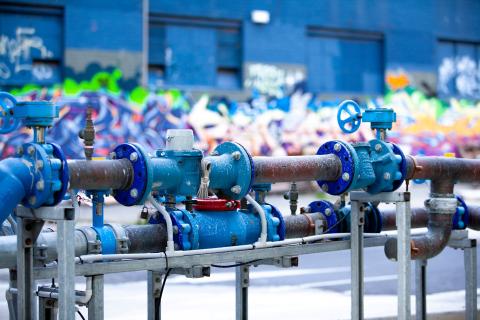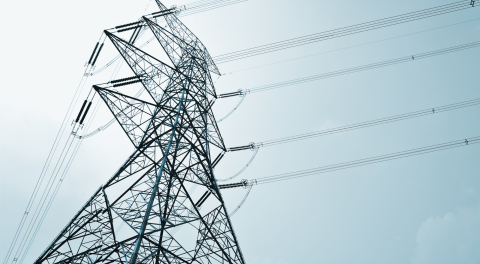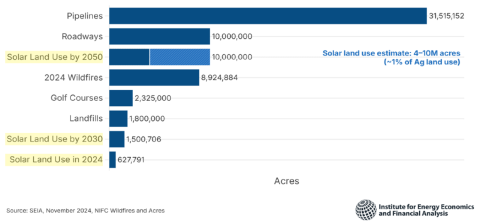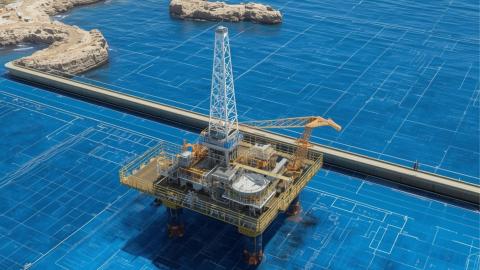Shell's Pennsylvania petrochemical complex: Financial risks and a weak outlook
Download Full Report
View Press Release
Key Findings
Royal Dutch Shell owes a more complete explanation to shareholders and the people of Pennsylvania of how it is managing risk. Shell remains optimistic regarding the prospects for its Pennsylvania Petrochemical Complex in Beaver County, Penn.
The complex, which is expected to open in 2021 or 2022, is part of a larger planned buildout of plastics capacity in the Ohio River Valley and the U.S. IEEFA concludes that the current risk profile indicates the complex will open to market conditions that are more challenging than when the project was planned.
Executive Summary
Some of the financial risks include the following:
- The revenue from the complex will be substantially lower than anticipated because the price of plastics has declined precipitously over the past several years. The Shell complex is designed to manufacture and sell plastic resin pellets. When the project was being planned circa 2010-2012, the price of plastic resin pellets was approximately $1 per pound. Today, according to conservative estimates, the price is 60 cents per pound or lower—and some indexes are reporting prices in the 40 cents-per-pound range. Futures prices through 2021 are in the middle 20 cents-per-pound range.
- The U.S. plastics buildout has oversupplied the market. The glut has placed downward pressure on prices. Analysts now see this oversupply as placing pressure on some companies to cancel projects and others to rethink profit expectations.
- Shell has a presence in the U.S. petrochemical market but is a new entrant in the plastic resins space. It will enter the market amidst a plastics price war among formidable corporations with existing client bases that are reducing prices to maintain their position in a constricted market. This factor will pose further price and revenue risks to Shell’s profitability for the first few years of operations.
- The Shell complex relies on low ethane and natural gas prices as critical cost inputs to its manufacturing process and financial bottom line. It is expected that low natural gas prices will continue, but the market supplying ethane, the low-cost feedstock, is unsustainable. The outlook for shale gas production is one of financial stress and bankruptcies. Shell’s petrochemical project is dependent on these unstable partners. It also may have to absorb additional unplanned outlays to protect its low-cost feedstock. The recent collapse of oil prices also poses risks to ethane’s cost advantage as low-cost, naphtha-based plastics present a competitive challenge.
Note: A previous version of this report incorrectly stated the source of a news report noting that a $6 billion plant construction cost estimate was never confirmed by Shell. The correct source is the Beaver County Times.















